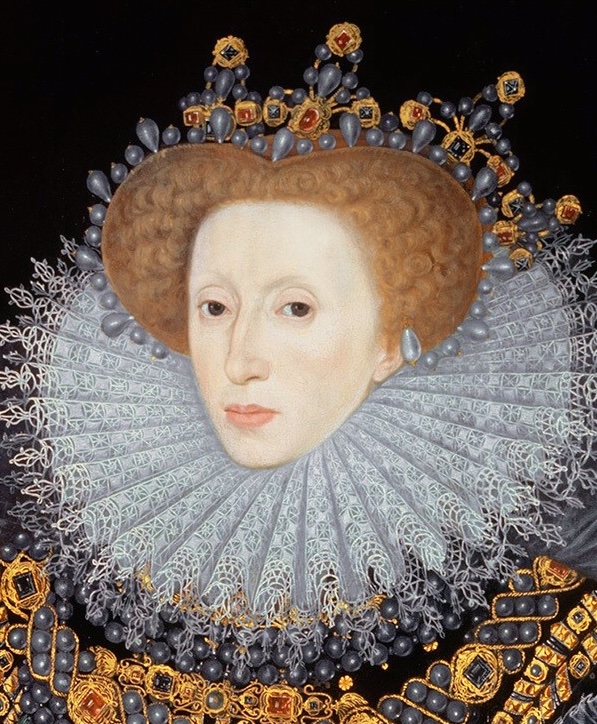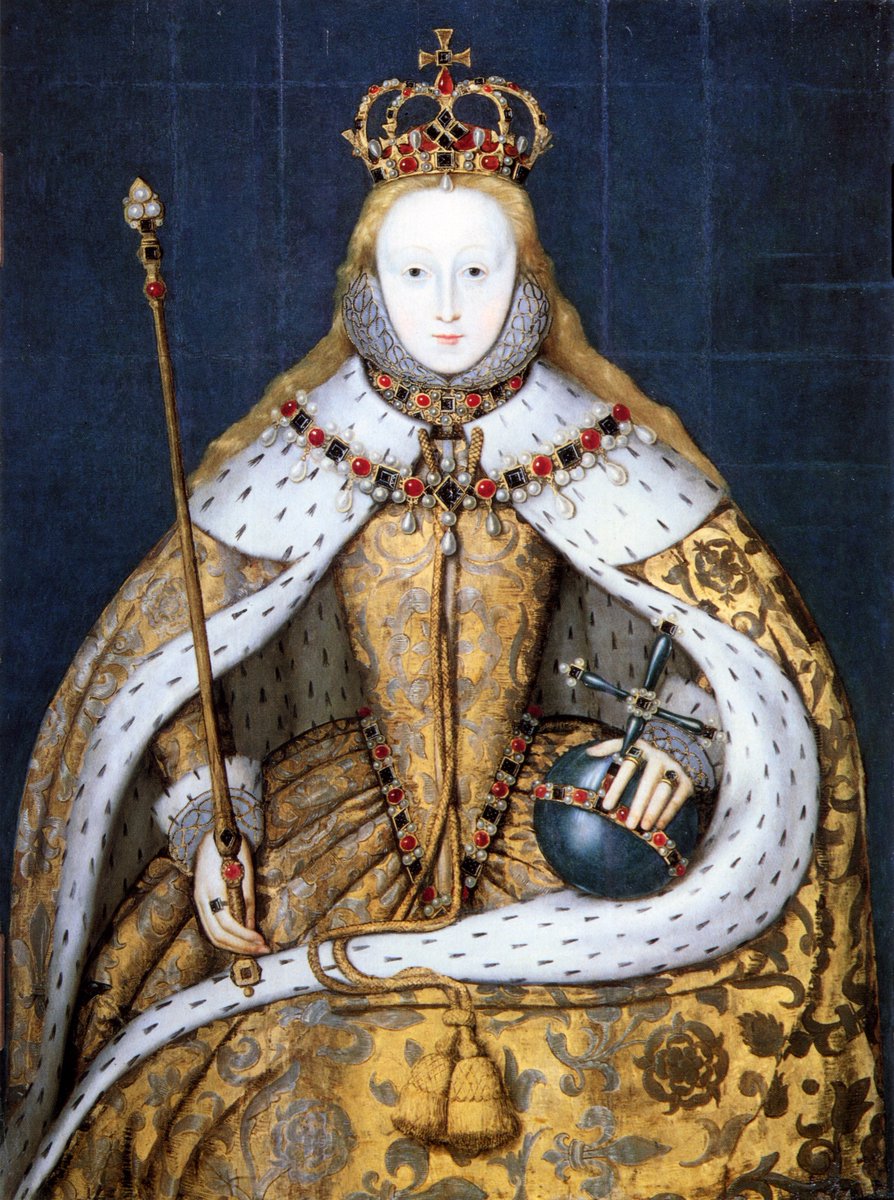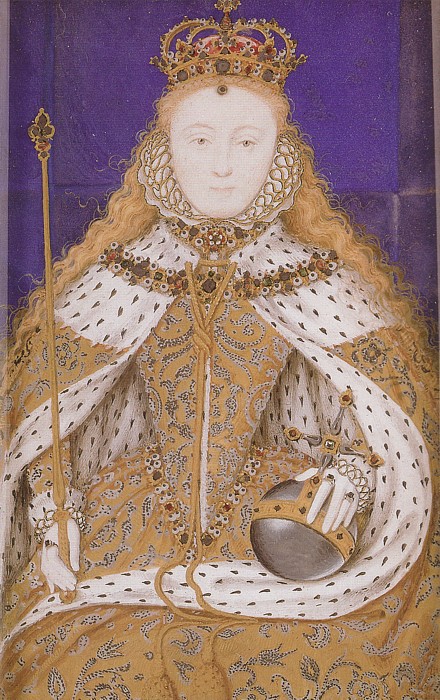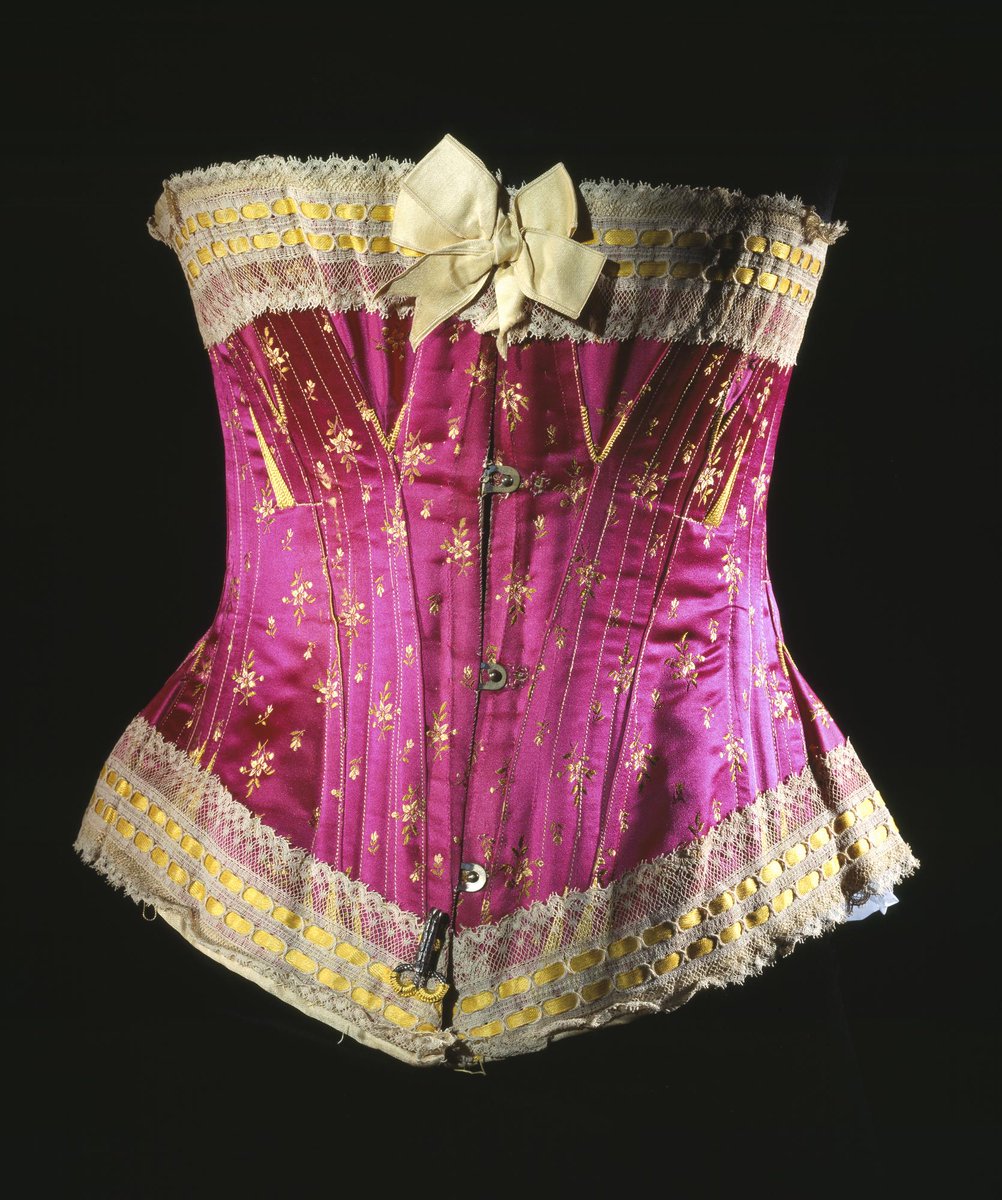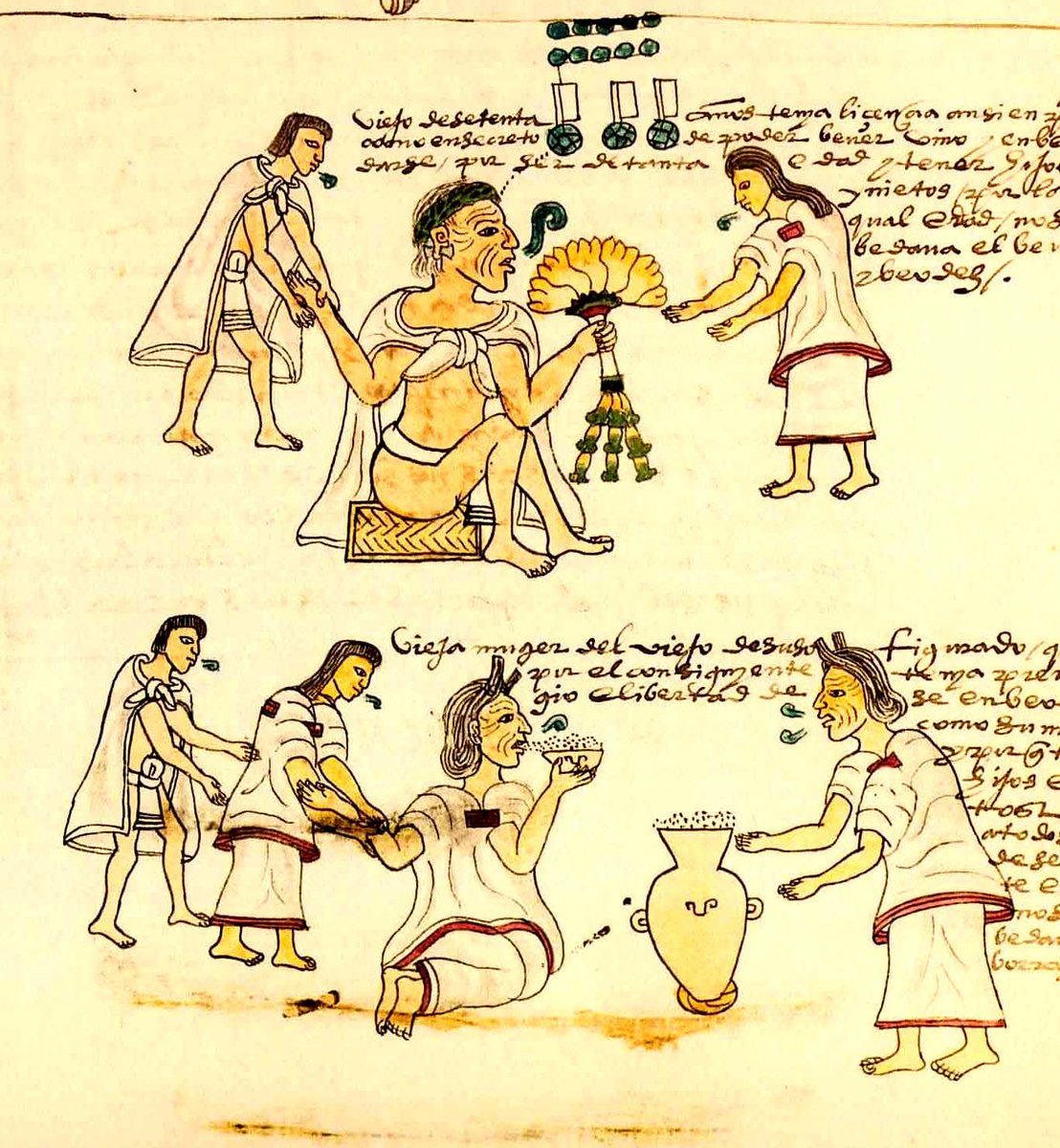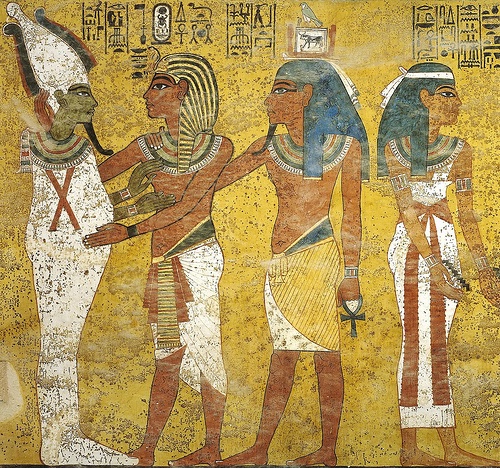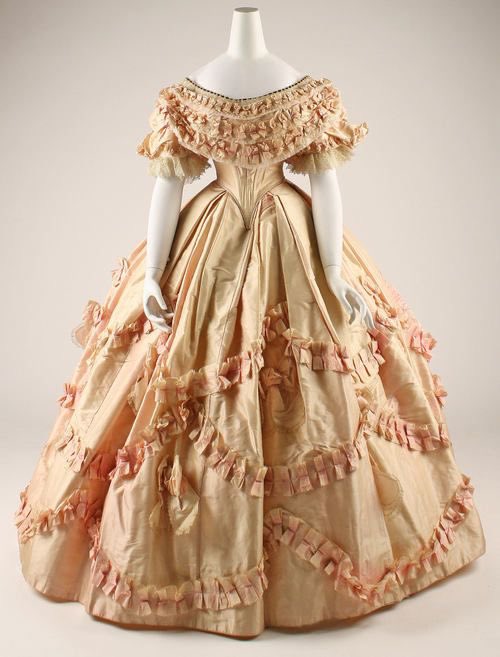
23 - I could do a whole thread on caftans, and maybe I should?
This caftan is from Turkey and dates from the 19th century, and y'all know I love gold and red. The stripes contain the floral pattern, and draw the eye up and around.
10/10 would wear right now. d
This caftan is from Turkey and dates from the 19th century, and y'all know I love gold and red. The stripes contain the floral pattern, and draw the eye up and around.
10/10 would wear right now. d

24 - So much happening here, and normally would avoid this period -- but I am such a sucker for green velvet accents that I had to share this one. It's also a lovely closeup. 1861-1863, England. And it's moiré silk. So um. Just gaze. 
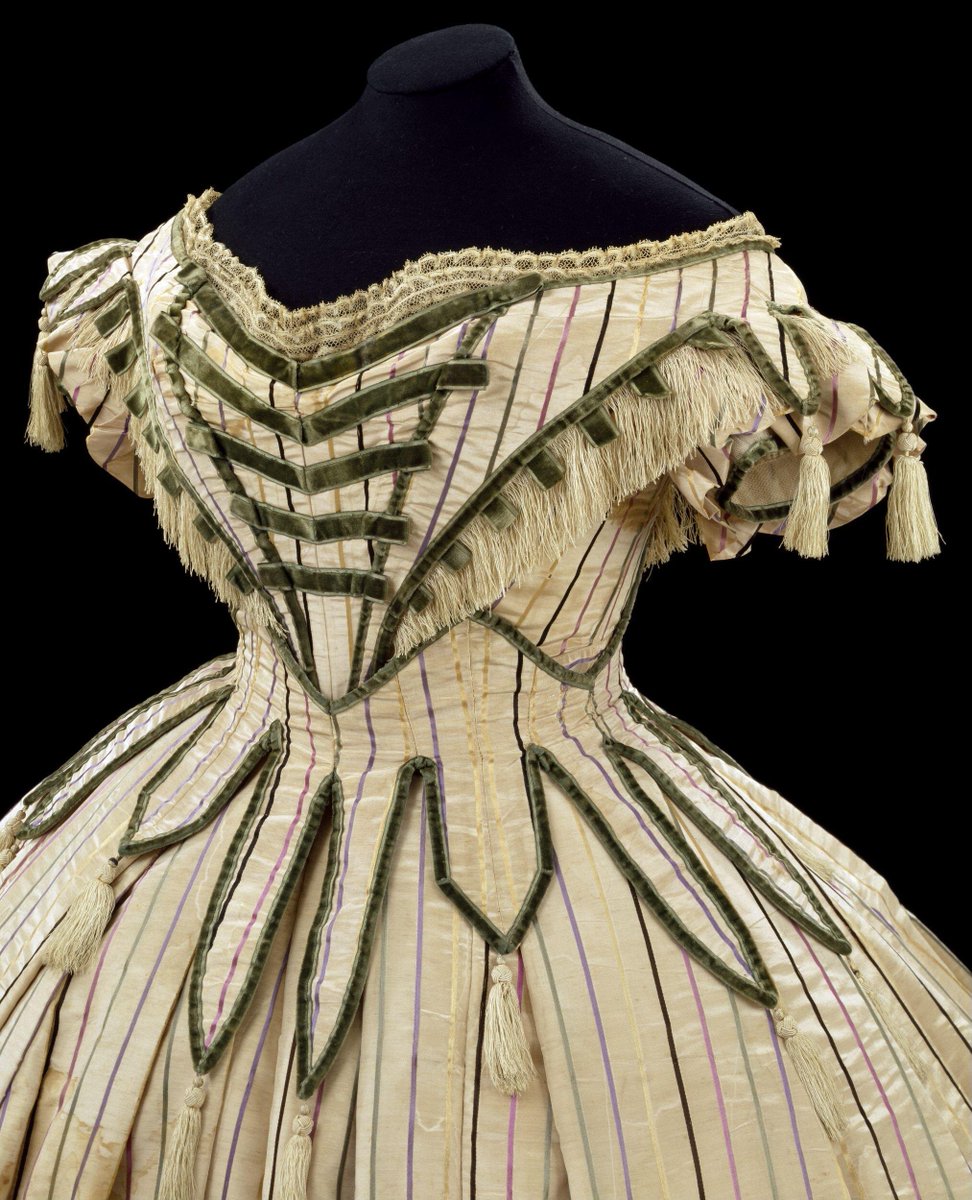
25 - By the 1870s things get real wild. New advances in dressmaking mean shapes get out of the box. Multiple textures going on here, multiple stripes, and a serious nod to the sailor suits we talked about earlier. ALSO POCKETS EVERYWHERE. Just darling. 

26 - Occasionally I stumble across someone who was clearly my boyfriend, like this man.
I mean. Hello, Nurse!
::gestures:: BLUE SILK. HIGH SCARF. THAT HAIR. Artist: Jean Baptiste Isabey (French, 1767–1855)
I mean. Hello, Nurse!
::gestures:: BLUE SILK. HIGH SCARF. THAT HAIR. Artist: Jean Baptiste Isabey (French, 1767–1855)

27 - Imagine wearing this one to the beach. I mean, super gorgeous. But like, lots of places to get sand. I'm itchy just thinking about it. This one is from about 1915, in America.
I do, however, adore the black accented blue stripes.
I do, however, adore the black accented blue stripes.

28 - This 1840 gown squeaks in on account that it's got some really neat tailoring going on (totally not perfect, but I kind of like that--you can tell it was hand made), and it's purple taffeta. I swear I can smell grapes just looking at it. Also JEWEL TONES. 

29 - And finally, a masterclass. I mean, does it look a little like a circus outfit? Maybe. Could it also work on the cover of a Beatles album? Yup. From the satin trimmings to the orange on the violet & the delicate stripes... I love it. 

30 - Time for sources. Part one:
smithsonianmag.com/history/journe…
en.wikipedia.org/wiki/Stripe_(p…
thegoodtrade.com/features/histo…
fashion-history.lovetoknow.com/fabrics-fibers…
nytimes.com/2001/06/09/boo…
lucafaloni.com/blogs/news/sum…
harperandlewisvintage.wordpress.com/2013/08/30/a-b…
smithsonianmag.com/history/journe…
en.wikipedia.org/wiki/Stripe_(p…
thegoodtrade.com/features/histo…
fashion-history.lovetoknow.com/fabrics-fibers…
nytimes.com/2001/06/09/boo…
lucafaloni.com/blogs/news/sum…
harperandlewisvintage.wordpress.com/2013/08/30/a-b…
31 - Sources part deux: lofficielusa.com/beauty/history…
jstor.org/stable/3632617…
thoughtco.com/medieval-cloth…
femmefashionforward.com/2020/08/01/see…
en.wikipedia.org/wiki/Seersucker
vocabulary.com/articles/wordr…
iranicaonline.org/articles/cloth…
bbc.co.uk/programmes/art…
strangehistory.net/2016/10/09/pro…
jstor.org/stable/3632617…
thoughtco.com/medieval-cloth…
femmefashionforward.com/2020/08/01/see…
en.wikipedia.org/wiki/Seersucker
vocabulary.com/articles/wordr…
iranicaonline.org/articles/cloth…
bbc.co.uk/programmes/art…
strangehistory.net/2016/10/09/pro…
32 - And that concludes my brief history of the stripe. There's plenty more, of course, if you read between the lines (ha ha ha ha I kill me).
Stripes: They're iconic, daring & delightful. And possibly devilish. What's not to love? Thanks for coming to #ThreadTalk! Good night!
Stripes: They're iconic, daring & delightful. And possibly devilish. What's not to love? Thanks for coming to #ThreadTalk! Good night!

THAT SAID. I was surprised how little non-Western info there is on stripes. The Pastoureau book has a corner on the market & it's eh scholarship. I struggled to find stuff outside of his work.
SO if you have any sources, do tell! I can always do a second thread. (Seems fitting)
SO if you have any sources, do tell! I can always do a second thread. (Seems fitting)
I forgot to share this one last night -- French, 1880.
The pleating here plays so artfully with the striped fabric. It's extra, but so am I. ALL ABOUT the dotted SATIN.
The pleating here plays so artfully with the striped fabric. It's extra, but so am I. ALL ABOUT the dotted SATIN.

• • •
Missing some Tweet in this thread? You can try to
force a refresh




